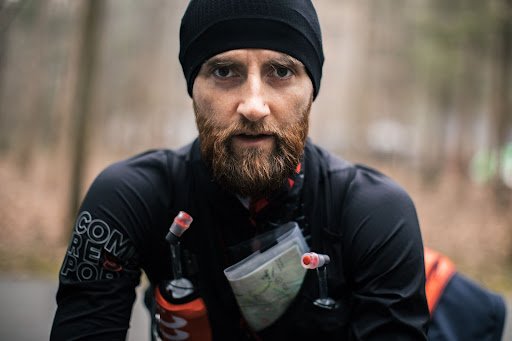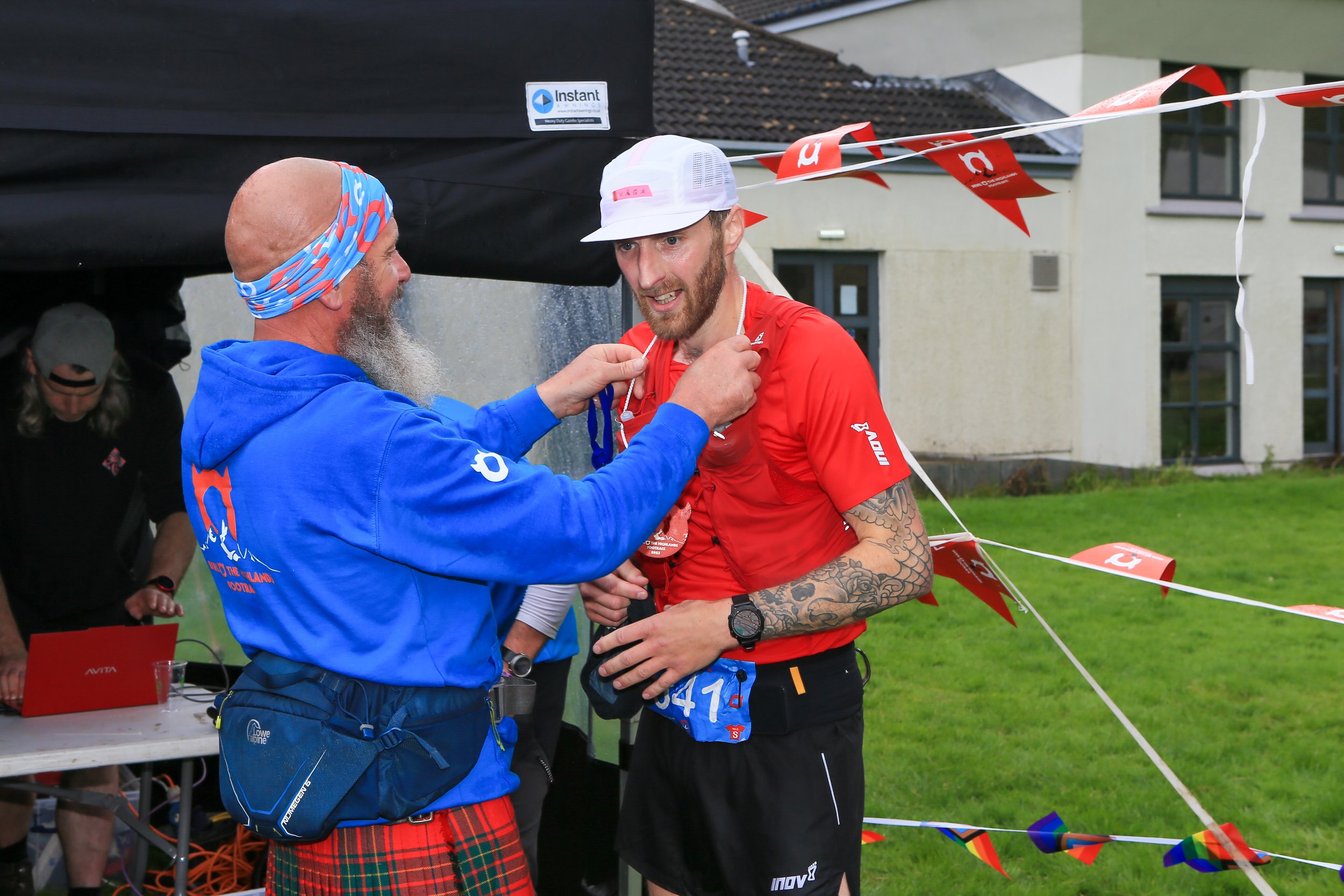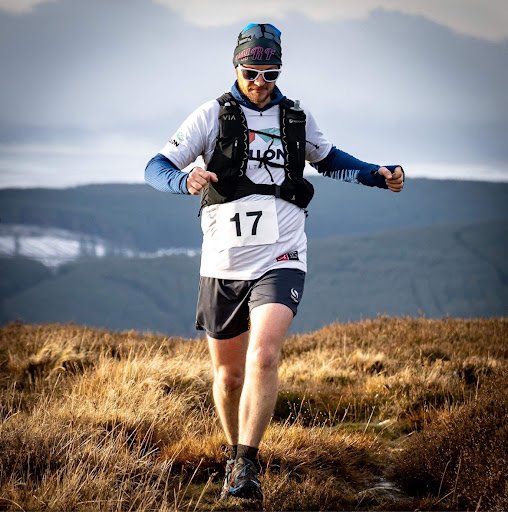Having completed Lakeland 50 twice already, Ally was going into his race with the advantage of experience but the disadvantage of WHWR legs. That said, following an efficient and effective recovery period, he was quietly excited at what he might achieve.
Despite some stomach issues and an inability to take in nutrition from mile 33, Ally found himself further along the course at corresponding times than his previous best year, delaying the need for his head torch and giving him a huge motivational boost. In his final descent into Coniston, he revved up the turbo and allowed his strengths to propel him toward the finish. He flew down the hill, overtaking many runners who overtook him on the way up.
Ally claimed a significant PB of 2 hours and 26 minutes!
Lynsey got her place for Lakeland through the second release of places which incurred a small charity donation. She considers this the best £100 she’s spent! She was prepared for the challenge physically and mentally and still reiterated that this was not a normal 50-mile race.
Breaking the route down to checkpoints pulled Lynsey along. The regular checkpoints throughout the race gave Lynsey a morale boost along the way, and despite struggling with food, she managed to devour a quarter of a toastie while climbing out of one checkpoint. A heads up about checkpoints and hills.
Seeing friends, old and new, pop up at various points of the race helped carry her along; although it took her a while to realise it was her boyfriend who was running with her at the end, she thought some random was behind her.
A heads up about checkpoints and hills…
“Whenever there’s a checkpoint, be prepared for a climb” - Lynsey
What tips do our athletes have for training and preparation?
It will come as no surprise that getting out in the hills is an essential part of training in preparation for Lakeland. All the athletes speak of the importance of this.
But sometimes, our best-made plans need to be tweaked and adapted depending on the limitations of our bodies or available time. Chiara was forced to switch out speed sessions in favour of mountain walking, which she found helped settle her aggravated hip.
Doing what we can, when we can, and being as consistent and honest with ourselves as possible is essential in optimising our training and maximising progress.
Ross was limited by the lack of hills in his training sphere, but he more than made up for this by focusing on gaining fitness, executing long hard tempo sessions, and turning his Training Peaks green.
The kit list for Lakeland is fairly extensive, meaning your pack may be heavier than you are used to. Lynsey suggests getting out for several long runs with your full kit, including poles.
“Prepare for the worst and hope for the best.” - Lynsey
Lakeland specific kit
Love or loathe them, the benefit of using running poles is tangible; with an elevation of 6300m and 3100m, respectively, for the 100-mile and 50-mile routes, running poles will take the impact off your legs. Just remember to practice with them in advance.
The weather in the lakes is notoriously unpredictable and changeable; expect it to be wet. Montane jackets of various models were given a special mention by our athletes.
Footwear that is comfortable enough to endure the distance and robust enough to tackle the terrain is another must. Personal preference comes into play here.
The Lakeland organisers put on epic aid stations equipped with a mouth-watering spread. From cheese toasties to quiche, athletes don’t go hungry.
Our athletes carried their own choice of gels and hydration with active root, chia charge, and maurten gels being given a special shout-out. Oh, and not to mention crustless jam sandwiches (apparently, crustless bread is 90p cheaper - thanks for the tip Gillian).























